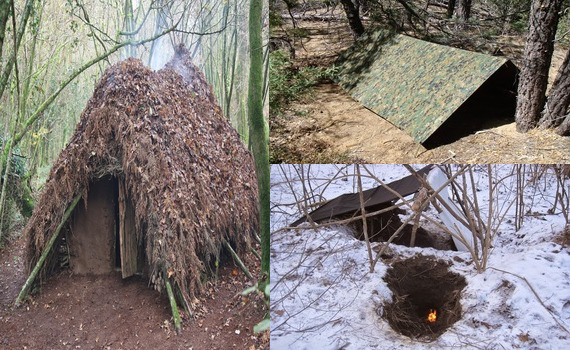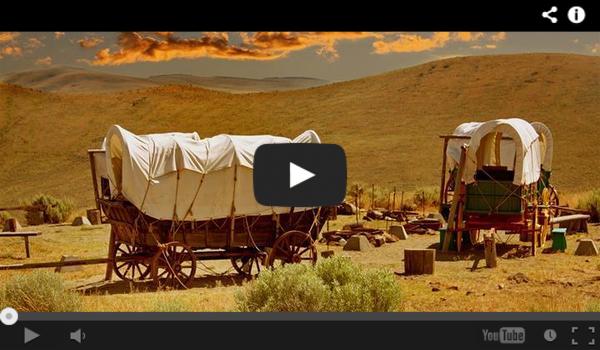Building a shelter is the most urgent priority in almost any survival situation. Shelter offers us protection from exposure to extreme cold and heat.
In extreme conditions, you can only live a few hours without shelter, so it’s important you understand a few different types of shelters and how to build them.
What type you build will depend on the landscape of your situation and what materials are available in that area. The location of your survival shelter is as important as the structure itself.
Here are three shelters you can build to protect yourself from the elements:
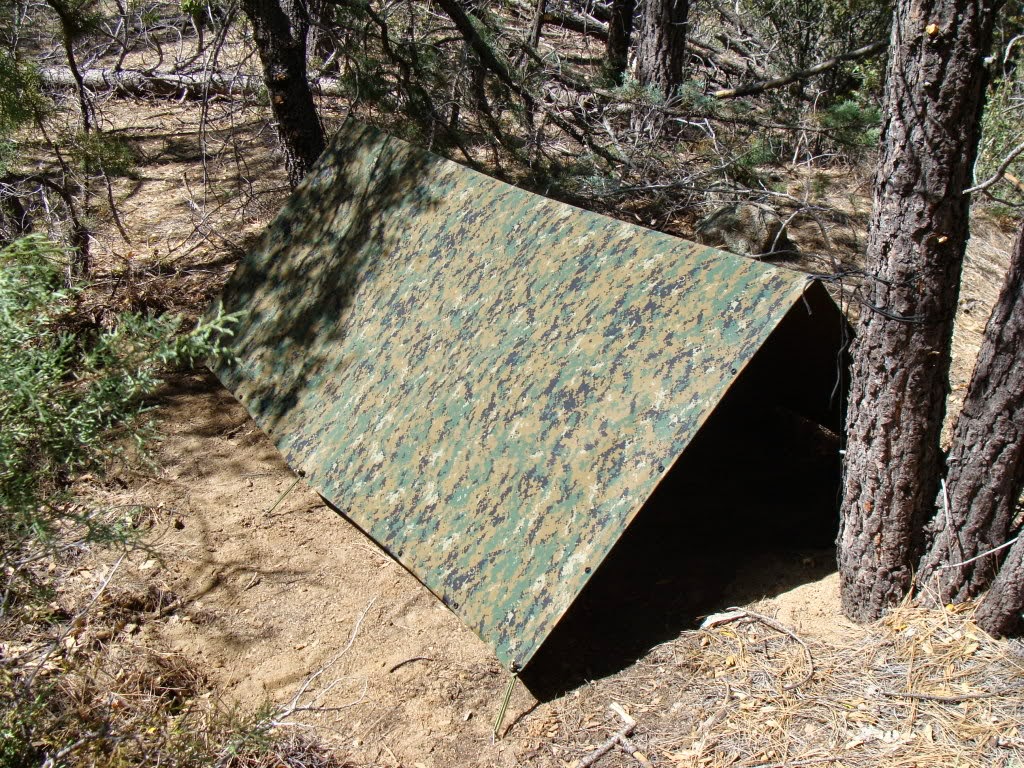
1. Tarp Shelter
Tarp shelters are very basic structures that are easy to build. To build one you’ll need a tarp and usually some rope. If you’re in a windy area, you can put rocks on the sides of the tarp and position it to keep the wind out.
2. Dugout Shelter
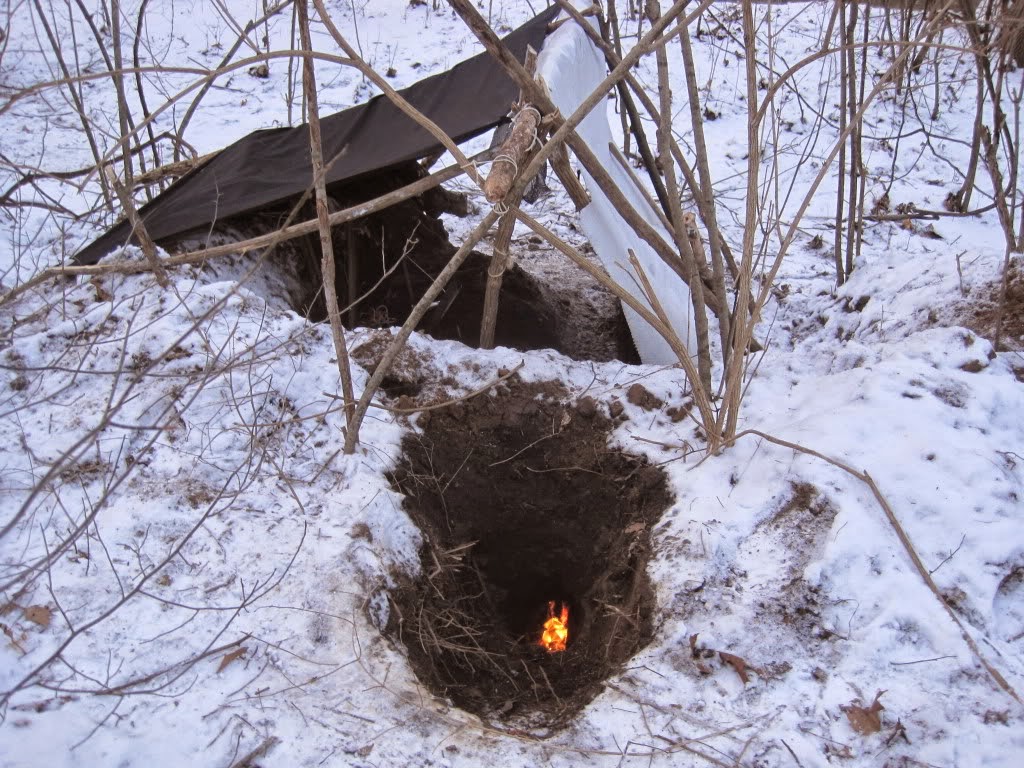
A dugout shelter is one of the easiest to build, especially if you can find terrain with a hollow in the ground. The size of the hollow will be the size of your shelter, so ensure that you find one big enough to meet your needs.
Once you find the right location, clear out any leaves and debris from the hollow and begin creating a shelter by placing branches and logs horizontally over it. Finally, cover the branches and logs with a foot or two of leaves to waterproof your shelter.
Related:Build the Perfect Bug Out Vehicle: The Disaster Survival Vehicle Guide;
3. Debris Hut Shelter
A debris hut is usually the most spacious and luxurious shelter you can make, but requires access to an abundance of branches, logs and leaves.
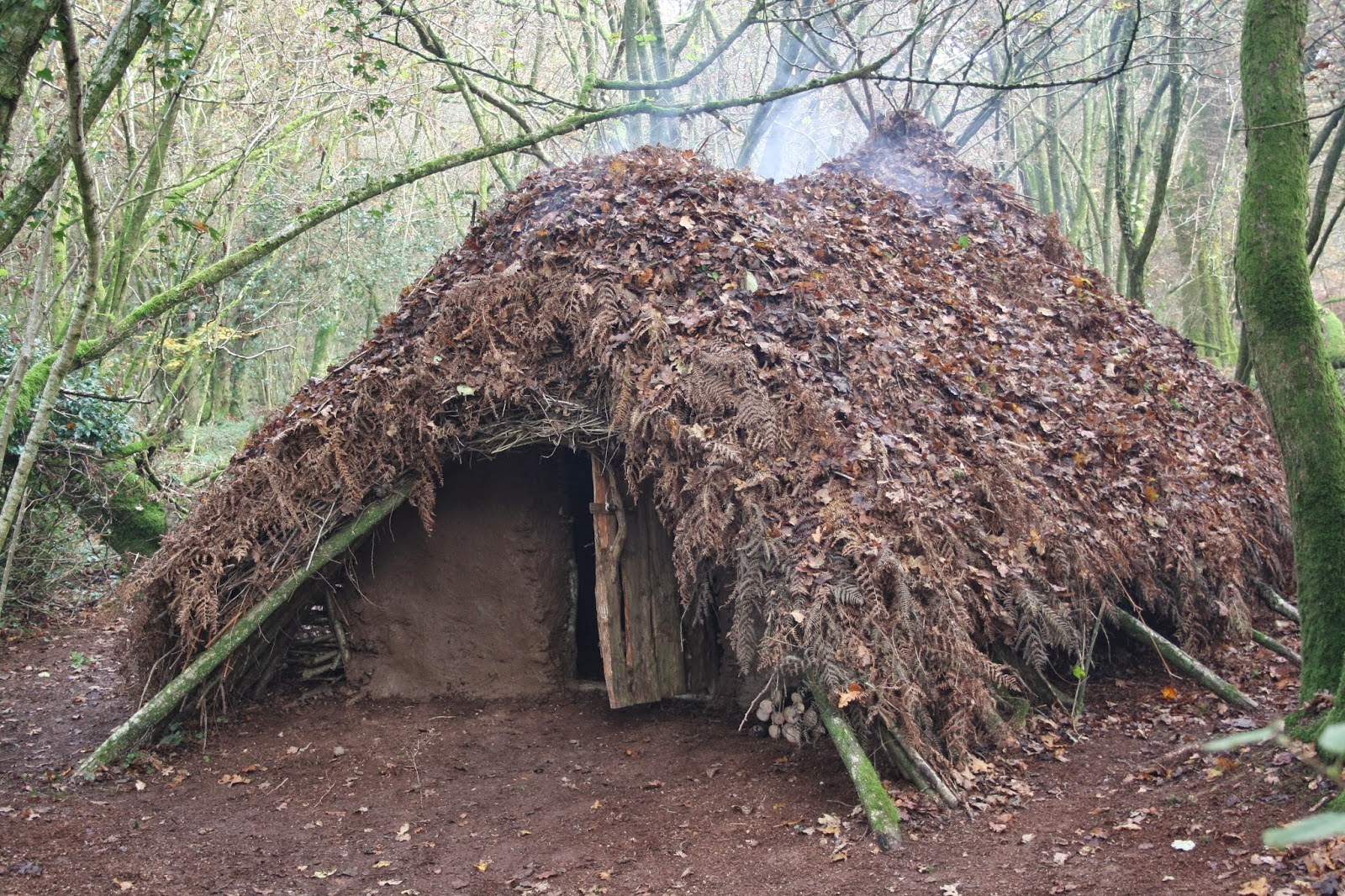
To avoid needing a lot of rope, create a frame by leaning a log against a tree or hill and then create a sloped roof by leaning branches and logs against that main structural beam.
When your frame is complete, fortify it with leaves, sod, grass and anything else you can find to provide insulation, wind-proofing and waterproofing.
source:readynutrition

